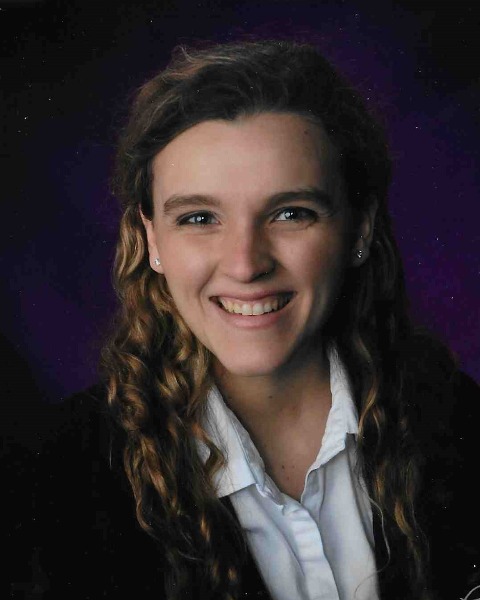Transdiagnostic
(PS10-C62) Assessing the Concurrent and Temporal Relations of Distress Tolerance and Negative Urgency in Young Adults with Cannabis Use Disorder
- BC
Brooke Cullen, B.A.
Lab Manager
Anxiety and Depression Research Center (UCLA)
Los Angeles, California - SW
Shawn Wang, B.A.
Research Coordinator
Anxiety and Depression Research Center (UCLA)
Los Angeles, California 
Olivia M. Losiewicz, B.A., M.A.
Graduate Student
University of California Los Angeles
Los Angeles, California- KW
Kate Wolitzky-Taylor, Ph.D.
Associate Professor
University of California Los Angeles
Los Angeles, California - SG
Suzette Glasner, Ph.D.
Associate Professor
UCLA Integrated Substance Abuse Programs
Los Angeles, California - DG
Dara Ghahremani, Ph.D.
Associate Researcher
University of California Los Angeles
Los Angeles, California - EL
Edythe London, Ph.D.
Professor
University of California Los Angeles
Los Angeles, California
Author(s)
Co-Author(s)
Background: Emotion dysregulation has been identified as a risk and maintenance factor for substance use-related problems. For instance, individuals may perceive that they are unable to tolerate negative emotional states, exhibiting distress intolerance. Relatedly, individuals may exhibit heightened negative urgency, reacting impulsively in response to negative mood states. While prior work has established that both negative urgency and distress tolerance independently contribute to cannabis use, the temporal interplay between these constructs has not been well-studied in populations with Cannabis Use Disorder (CUD). Insight into the temporal nature of the distress tolerance-negative urgency relationship could provide valuable guidance in identifying effective treatment approaches for CUD. The present study uses a cross-lagged panel design to examine the concurrent and temporal relationship between distress tolerance and negative urgency in individuals with heightened negative affect and low distress tolerance who are receiving treatment for CUD. We hypothesized a bidirectional relationship such that distress tolerance and negative urgency would subsequently predict one another at each timepoint assessed. Furthermore, we hypothesized concurrent predictive relationships at each timepoint.
Method: Treatment-seeking individuals with cannabis use disorder (N = 52; Mage= 22.16; age range: 18-25) were randomized to either 12 weeks of cognitive behavioral therapy for SUD (n = 26) or Affect Management Treatment for CUD, a manualized treatment designed to target maladaptive responding to negative affect (n = 26). Distress tolerance and negative urgency were examined at baseline, mid-treatment, post-treatment and at a 6 month follow-up using the UPPS-N negative urgency subscale and Distress Tolerance Scale, respectively. Results: A cross lagged panel was conducted to examine the longitudinal effects of distress tolerance and negative urgency while controlling for depression, anxiety, and stress symptomatology, negative affect, race, gender, and study condition. Distress tolerance and negative urgency significantly predicted each other at pre-treatment (B = -.524, SE = 8.94, p < .05), post-treatment (B = -12.71, SE = 5.62, p < .05), and follow-up (B = -20.26, SE = 8.93, p < .05). Pre-treatment negative urgency was found to significantly predict mid-treatment distress tolerance (B = -0.77, SE = 0.29, p < .05). Contrary to our prediction, distress tolerance did not predict negative urgency. Analysis using additional covariates and constraints will also be presented. Discussion: Consistent with our prediction, distress tolerance and negative urgency were significantly associated at all timepoints, with the exception of mid-treatment. Contrary to our prediction, longitudinal relationships were only found at one time point. Future work could utilize an ecological momentary assessment approach to examine the distress tolerance-negative urgency relationship across different timescales. Gaining further insight of this connection may assist in pinpointing the most effective treatment targets in substance use interventions.

